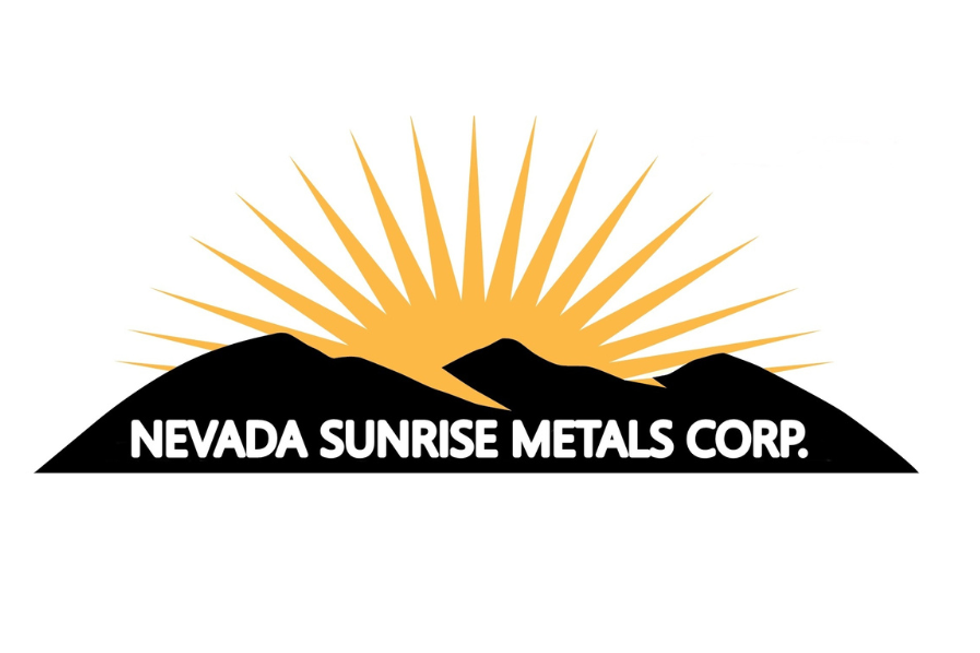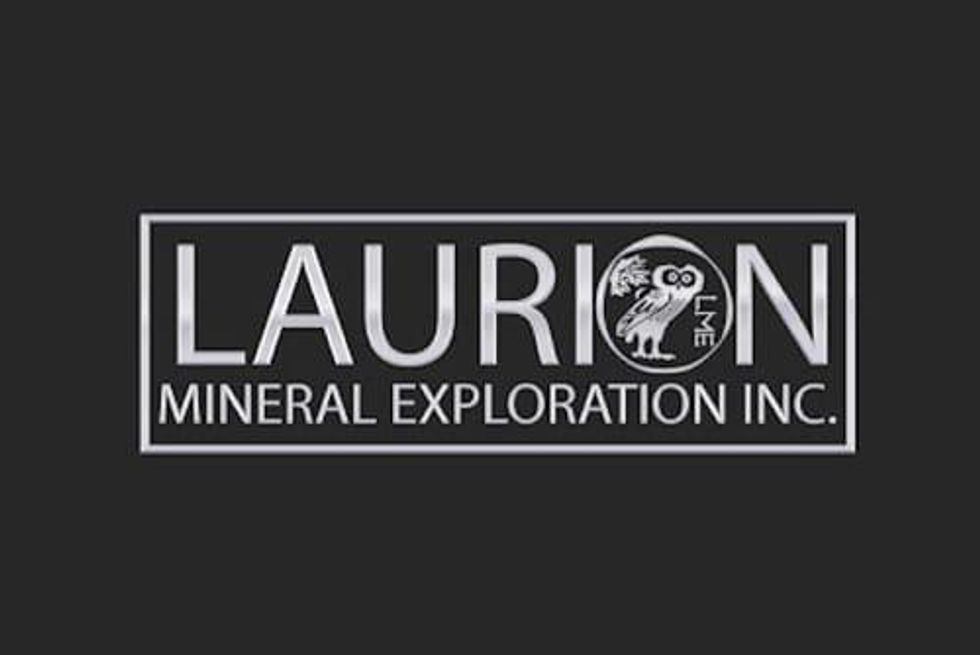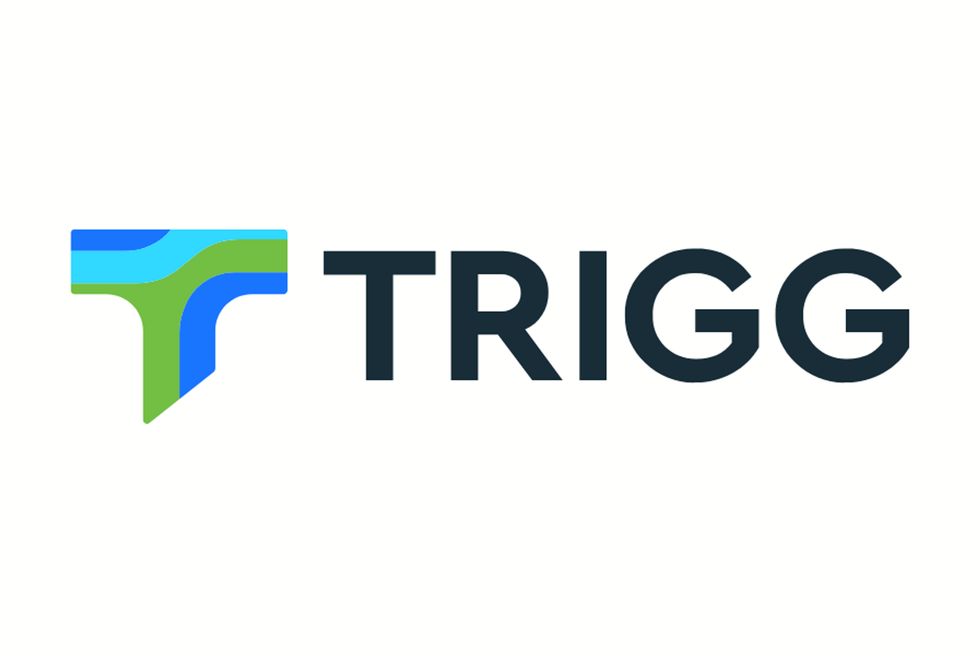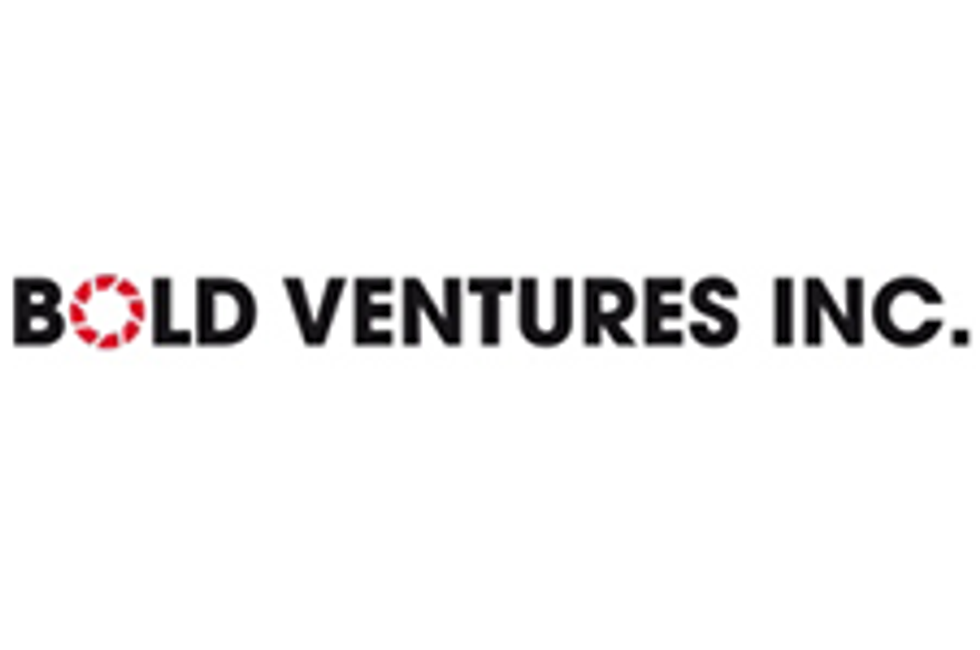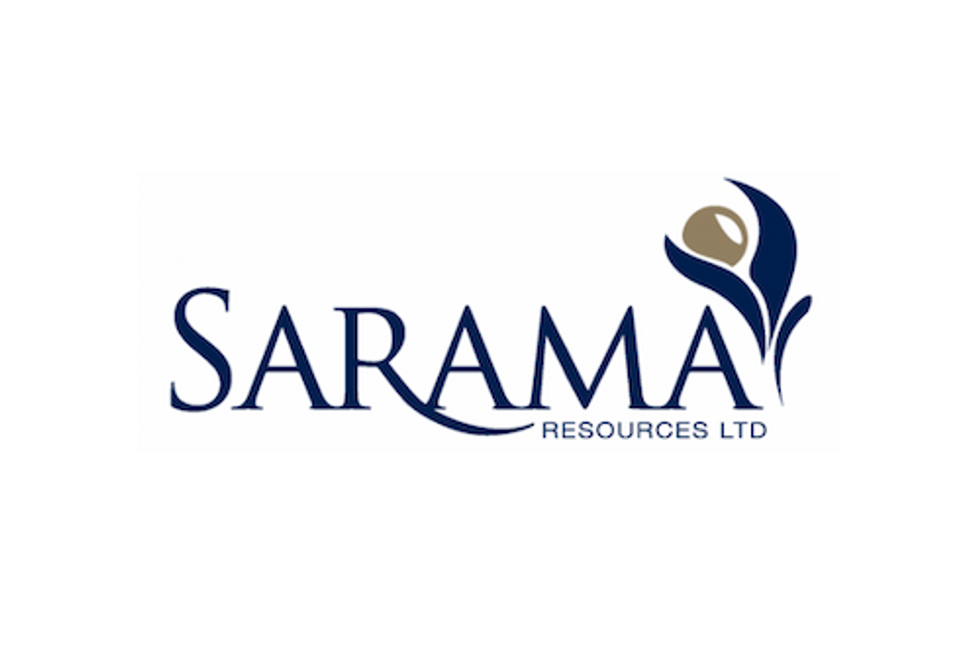
Navigating the stages of mining exploration to production can be financially complex. Cashflow strategies are crucial for junior mining companies.
The months and years after a significant mineral discovery can be financially complex for mining companies. Getting to mining operations requires careful cashflow strategies to keep the venture afloat.
There is a path to cashflow generation that can take an organization through the stages of discovery to production. These strategies can enable such companies to keep moving through the much-needed work of early stage mine development.
Mining cycle
Every mining project goes through a process, which can be thought of as a five stage cycle.
It includes exploration, discovery, development, production and reclamation. The three stages before mining production, however, can take decades.
The exploration stage, also known as prospecting, entails collecting research, current and historical, to locate a target area. Geologists and mining engineers are consumed with geophysical measurements, geochemical analysis, water, oil and soil tests, surveys, drilling and sampling. The results of such testing will often be put into a model to show a potential deposit.
Discovery and advanced exploration entail doing substantially more detailed assessments of the area, including ground geophysics, channel sampling, trenching and drilling. This is also the stage where important paperwork such as permits, leases and licenses are undertaken. Environmental assessments may also take place.
Development is where the mine’s infrastructure gets put in place, if the company determines the project is economically viable. The company will raise money at this point to begin constructing the mine and any needed infrastructure around it such as roads, power lines, processing facilities and housing.
The junior explorers
Junior mining companies specialize in the early stages of mining exploration. Since the work itself generates no revenue, such companies posit themselves as investment opportunities, issuing share ownership in turn for investment into their treasury. There’s risk involved, but also opportunity for excellent outcomes if projects do well.
These stocks often have low market capitalization, often under $50 million. Many of the projects these companies develop are not about taking a mine all the way to production, which takes a different level of expertise, but about getting the project ready for a larger, experienced mining operation to acquire it.
Grande Portage Resources (TSXV:GPG,OTCQB:GPTRF) is a good example of a junior that has diligently spent time and money to impressively expand its gold resource located in Southeast Alaska.
“The process from discovery to production is incredibly laborious. So many complex and diverse factors need to align in order to get to a finish line, which is why so few discoveries actually advance to an economically viable scenario. However, when things do come together it can be a very exciting and profitable time for the team and shareholders alike,” said Ian Klassen, president and CEO of Grande Portage. Based in Vancouver, BC, the junior exploration company is advancing its high-grade Herbert gold deposit, which is located 25 kilometers north of Juneau, Alaska.
The cashflow challenge
Early stage mining development is all about balancing the investment in the potential future mine and keeping cashflow to fund the numerous steps involved — from the geophysical to the regulatory hurdles — and keep the project progressing.
Junior mining companies must engage a range of cashflow strategies to be successful in this high-risk aspect of the industry.
Joint ventures and partnerships
A strategy with a myriad of upsides is for junior miners to partner up with a larger, established mining company in a joint venture. Overall, joint ventures are on the rise in the mining industry, creating larger ventures, but they offer a great "yin and yang" for early stage projects. The junior is nimble and can devote time to the complex work of exploration, discovery and development without having to be distracted by any day-to-day operations.
Such companies are often willing to give up equity in the project to get cash in hand, expertise and access to talent to allow the project to advance the developmental timeline. Thus, a strategic joint venture between the larger operator and junior can emerge — leveraging each other’s strengths making a mutually beneficial partnership.
One recent example is a 50/50 joint venture between Lode Gold Resources (TSXV:LOD,OTCQB:SBMIF) and Fancamp Exploration, which has created one of the largest prospective land packages in the Canadian province of New Brunswick. Lode Gold’s 111 square kilometer McIntyre Brook property and Fancamp’s 309 square kilometer Riley Brook property will become a joint venture between the two companies, featuring a sizable property on a highly prospective belt.
Mergers and acquisitions
For many junior mining companies, the goal is not to take a mine to production, but either work with a partner to sell to one, and move on with more prospective mines.
As with joint ventures, more established mining companies, be they mid-tier or majors, will take a keen interest in early stage exploration projects with strong proof of concept, then leverage their own expertise to take the project into production. While not always, this usually takes place once a preliminary economic assessment has been completed or the junior is at the prefeasibility stage.
With many large mining companies seeing a decline in their reserves, there’s demand from buyers. In 2023, there were 2,698 deals in the mining and metals sector with an overall value of US$228 billion.
Offtake agreements
These deals involve a binding contract between a junior company and a future buyer. An offtake agreement ensures the mine and its products have a future and a future market.
Such deals aid cashflow in two ways: they sometimes entail cash up front, which of course, helps the developer. As well, the deal itself can help the junior mining company secure financing.
Generally, offtake agreements are negotiated after a feasibility study is completed and prior to mine construction; they help assure producers that there is a market for the material they plan to produce. That is beneficial for a number of reasons — most obviously, it means the mining company won’t have to worry about being able to sell its metal.
Direct-shipping ore
For properties with the right opportunity, embarking on direct-shipping ore (DSO) offers a quicker path to market, and therefore fewer cashflow challenges.
In iron ores, for example, the ores appear in hematite, which can be mined, crushed and screened and then exported, so requires no complex refining before being read for market. If the iron content of the hematite is over 60 percent, it’s suitable for direct shipping.
One iron ore project that has leveraged this strategy is the Joyce Lake project. The project, which published a feasibility study in December 2022, is owned by Century Global Commodities (TSX:CNT) through its subsidiary Joyce Direct Iron. The resource includes 23.97 million metric tons at 58.63 percent iron in the measured and indicated categories.
Grande Portage may also strategically pursue a DSO strategy for its New Amalga mine project (formerly the Herbert gold project). Klassen confirmed the company is taking a very hard look at the DSO pathway for an offsite-processing configuration providing a number of potential benefits, including.
- Elimination of the requirement to develop a tailings disposal facility near the mine. No tailings would be generated at the site.
- Elimination of the requirement for permanent waste rock storage facilities. All waste rock generated from mine access development would be returned to the underground workings for stope backfill.
- No use of gold processing reagents at the site.
- Dramatically reduced land usage and overall environmental footprint.
- Greatly simplified post-mining closure and reclamation.
- De-risking of the environmental review and permitting process.
- Minimization of project construction CAPEX.
Cashflow potential
Even with an already considerable high-grade resource, Grande Portage is just scratching the surface with its New Amalga Mine project. Exploration work to date has confirmed the deposit has significant potential for future expansion.
Consisting of 91 unpatented lode claims spanning 2,000 acres, the property lies within the historic 160 kilometer Juneau Gold Belt, which produced over 8 million ounces of gold. The company recently updated the mineral resource estimate for the asset, which includes 1.44 million ounces of gold at 9.47 grams per metric ton gold in the indicated category, as well as 515,700 ounces at 8.85 grams per metric ton gold in the inferred category.
Investor takeaway
Investing in junior mining companies or early stage mining projects can be considered high-risk for some. Understanding the numerous options available to such ventures for enabling cashflow and financing themselves over the many years it takes to reach production offers good insights to investors willing to track promising companies and mitigate risk.
This INNSpired article is sponsored by Grande Portage Resources (TSXV:GPG,OTCQB:GPTRF). This INNSpired article provides information which was sourced by the Investing News Network (INN) and approved by Grande Portage Resources in order to help investors learn more about the company. Grande Portage Resources is a client of INN. The company’s campaign fees pay for INN to create and update this INNSpired article.
This INNSpired article was written according to INN editorial standards to educate investors.
INN does not provide investment advice and the information on this profile should not be considered a recommendation to buy or sell any security. INN does not endorse or recommend the business, products, services or securities of any company profiled.
The information contained here is for information purposes only and is not to be construed as an offer or solicitation for the sale or purchase of securities. Readers should conduct their own research for all information publicly available concerning the company. Prior to making any investment decision, it is recommended that readers consult directly with Grande Portage Resources and seek advice from a qualified investment advisor.
